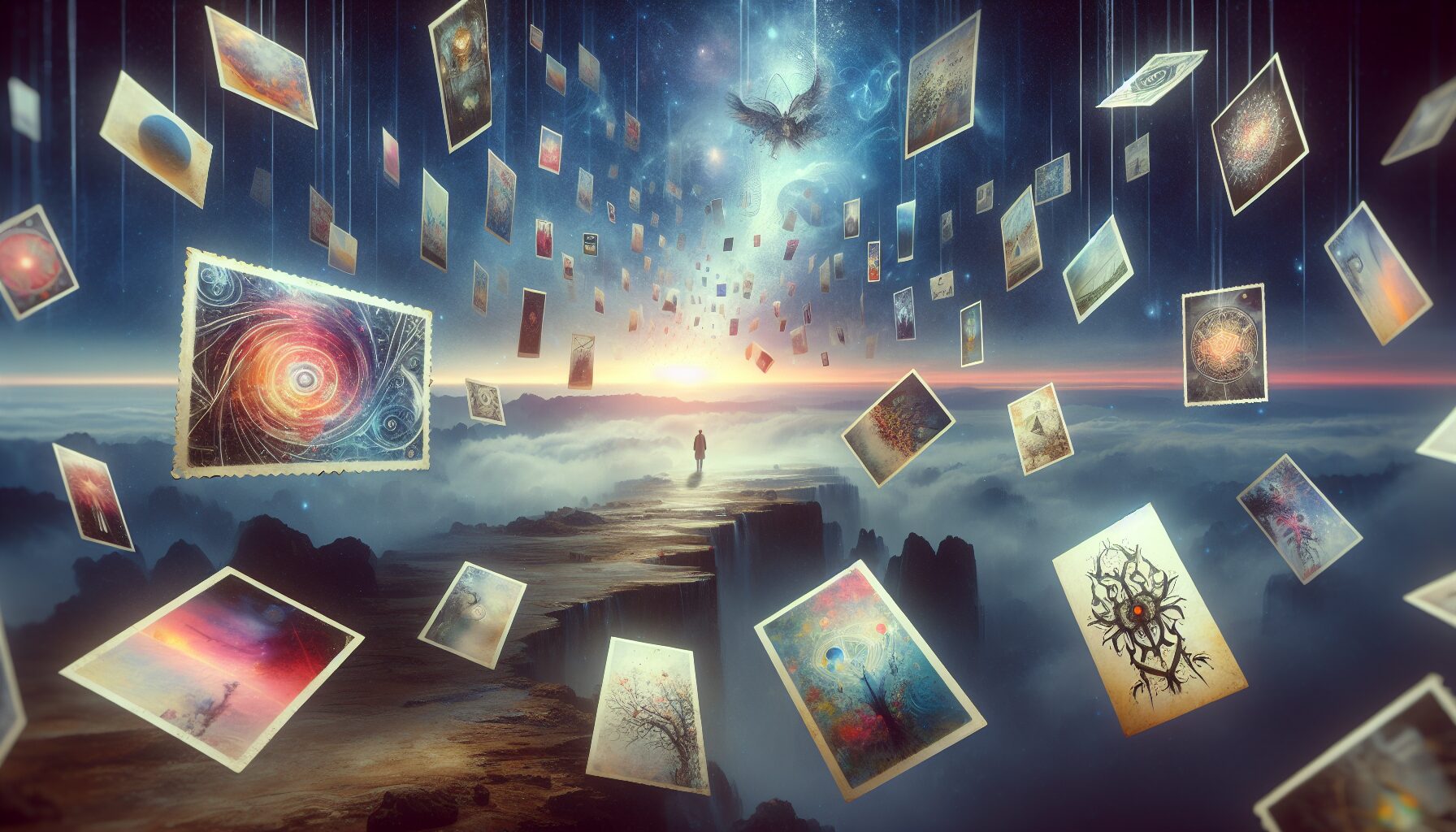The art of communication has undergone significant transformations over the centuries, from spoken word to the digital age’s instant messages. Yet, amidst these changes, an intriguing and often overlooked form of expression persists: mail art. This unique practice blends tactile experiences with creative impulses, and in recent years, has taken on an almost mystical quality akin to divination.
The Genesis of Mail Art
Mail art, sometimes called correspondence art, began to emerge in the 1960s as part of the avant-garde movement. Artists sought to transcend geographic boundaries, using postal systems as their medium. According to The Metropolitan Museum of Art, “Mail art networks democratized artistic practice, embracing amateurism and accessibility.”
This epistolary art form invites participants to exchange artworks through the mail, embodying democratized communication channels and fostering a global art community. Artists like Ray Johnson, often regarded as a pioneer of mail art, initiated the New York Correspondence School, encouraging interactions that were both intimate and public.
Symbolism and Interpretation in Mail Art
The essence of mail art intersects with the mystical when it serves as a vehicle for symbolic communication. The sender and receiver engage in a process that mirrors divination, where meanings are interpreted beyond their surface value. This phenomenon is reminiscent of reading tarot cards, where the cards’ imagery becomes infused with personal meaning through the querent’s perspective.
“Art is a means of accessing that realm of communication which lies beyond the visible and tangible, offering material results imbued with the spiritual and unknowable.” – Elizabeth Finch, Artforum
Like the tarot reader, the artist takes on the role of the diviner, crafting messages that evoke introspection. Each piece of mail art becomes a speculative clue, and its journey through the postal system infuses it with its own narrative and meaning.
The Journey as the Message
According to the Tate, “The emphasis in mail art is often as much on the act of communication and the journey of the object as it is on the finished artwork itself.” The element of chance inherent in this journey is akin to systems of divination like reading runes or interpreting omens. The mail art piece shifts from a mere message to a narrative shaped by its passage through hands and lands.
The postal system becomes an oracular channel, dictating the fate of each piece. It may arrive altered, damaged, or intact; these variations and accidents yield interpretations unforeseen by the sender, enriching the work with an aura of serendipitous magic.
Collaborative Creativity
Mail art naturally lends itself to collaborative creativity, engaging multiple parties in the production of a single work. This collaboration can be seen as a form of collective divination, where each participant’s inputs alter the piece’s “prophecy.” Such communal creation echoes the spirit of ancient oracles, where multiple priestesses contributed to a singular vision.
An example of this was the “Add and Pass” technique, where recipients were encouraged to add to the artwork before mailing it further. Each addition altered the original, creating a continuously evolving piece that embraced uncertainty and change, much like the continual revelations in a divinatory process.
A Modern Renaissance
With the rise of the digital age, mail art experienced a decline; however, the early 21st century has witnessed a revival. Artists and non-artists alike crave a return to tangible, physical exchanges amid the fleeting nature of digital communication.
Mail art’s resurgence parallels a rekindled interest in divination and the mystical, suggesting that humans incessantly yearn for meaning beyond what is easily accessible. Platforms like Instagram and Reddit host thriving communities dedicated to mail art, providing forums for sharing, exchanging, and interpreting creations.
Mail Art as Modern Divination
Today, mail art continues to serve as a bridge between the mundane and the magical. Each exchange is rich with potential narratives, inviting both sender and recipient to engage in an interpretive dance akin to divining meaning from celestial constellations.
“It’s an act of faith that your work will find its way to an audience. Like sending out a message and waiting for a reply from the universe.” – Caitlin McKenna, mail art enthusiast.
The practice of mail art reminds us of the sacred art of waiting. In a world governed by immediacy, crafting and sending mail art can feel like planting seeds in a secret garden and trusting in the eventual bloom. This mystical patience, spurred by curiosity and the enchantment of the unknown, elevates mail art to an act of personal and communal divination.
Conclusion
Mail art, a beautiful intersection of creativity and mysticism, allows individuals to engage in global dialogue through personal lenses, interpreting and imbuing their creations with layers of meaning. It speaks to the human thirst for connection, the divine, and the inherent artistry of life’s random patterns.
As we continue to navigate an increasingly virtual world, mail art remains a steadfast reminder of the magic in the tangible, inviting us to send and receive postcards from the uncharted expeditions of our own imagination.

Comments